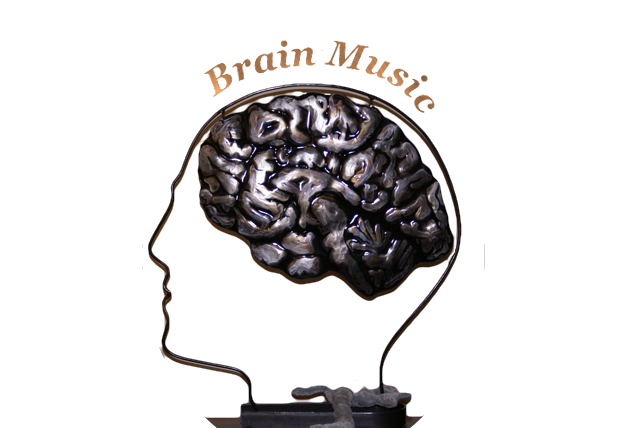
Sound
Extensive animal studies performed in the hippocampus have helped elucidate the way nerves behave when repetively stimulated in a process such as persistent pain. A pattern of self perpetuating firing called Long Term Potentiation (LTP) can be established, as can a state of inhibition of nerve cells from being fired over time, known as Long Term Depression (LTD). These processes explain the property of lifelong plasticity in the Central Nervous System. Studies of brain slices, anesthetized animals and freely roaming animals were refined over time, leading to the discovery of pioneering techniques that have become the standard in animal studies. These experiments have demonstrated how to create LTP and LTD. In early studies non-physiologic frequencies were used to create LTP by firing receiving nerve cells for one second at high frequencies. Subsequent approaches used trains of low frequency stimuli every few milliseconds resulting in the post synaptic nerves firing anywhere from an hour to the lifetime of the animal after presynaptic nerves had stopped firing. Subsequently, researchers used one cycle per second presynaptic firing frequencies for fifteen minutes to not only stop the LTP firing postsynaptic nerve cells, but to make them resistant to subsequent presynaptic electrical barrages.
While these studies were done in the hippocampus, subsequent studies have shown LTP and LTD to be present throughout the brain. The basic principles of neuroplasticity require the presence of LTP and LTD. Pain persistence occurs when LTP in pain circuits in the brain establishes a pattern of firing, with or without peripheral input.
These studies were done in living animals by stimulating presynaptic cells with electrical signals using implanted microarrays of electrodes. Researchers were already working to implant electrical stimulators in various parts of the human brain for treatment of highly resistant Parkinson’s Disease and Depression. There had even been studies done with brain implants using stimulators to control severe pain. Since this approach is neither feasible nor desirable in any except the rarest intractable cases of pain persistence, the question to be answered was how to get a low frequency electrical signal in the pain circuitry of the brain, without using an implanted device.
Auditory circuits turn out to be some of the broadest ranged and connected circuits in the brain, incorporating sound, emotion, movement, balance, pleasure and pain circuitry. Clearly music can soothe and stimulate. We hypothesized that LTD could be induced using low pitched sound. The problem was that sound this low in frequency was below human hearing ability and in some studies was actually shown to induce unpleasant phenomena, such as fear, panic and nausea. We decided to use low frequency sound at the bottom end of the range of hearing and vary it in volume and rhythm to attain the desired low frequency stimulation of the brain used in the invasive studies, while moving sound fields from one brain hemisphere to the other. We oscillated the sound at 0.33, 0.5 and 1.0 cycle a second initially. Ultimately we created sounds that oscillated between 1.3 and 2.7 cycles a second, using two extremely soothing and pleasing sources.
We have gathered case studies on this subject. We are planning studies using functional imaging techniques to determine if pain patterns change in the pain processing circuits of patients with a variety of pain disorders, using these sounds.